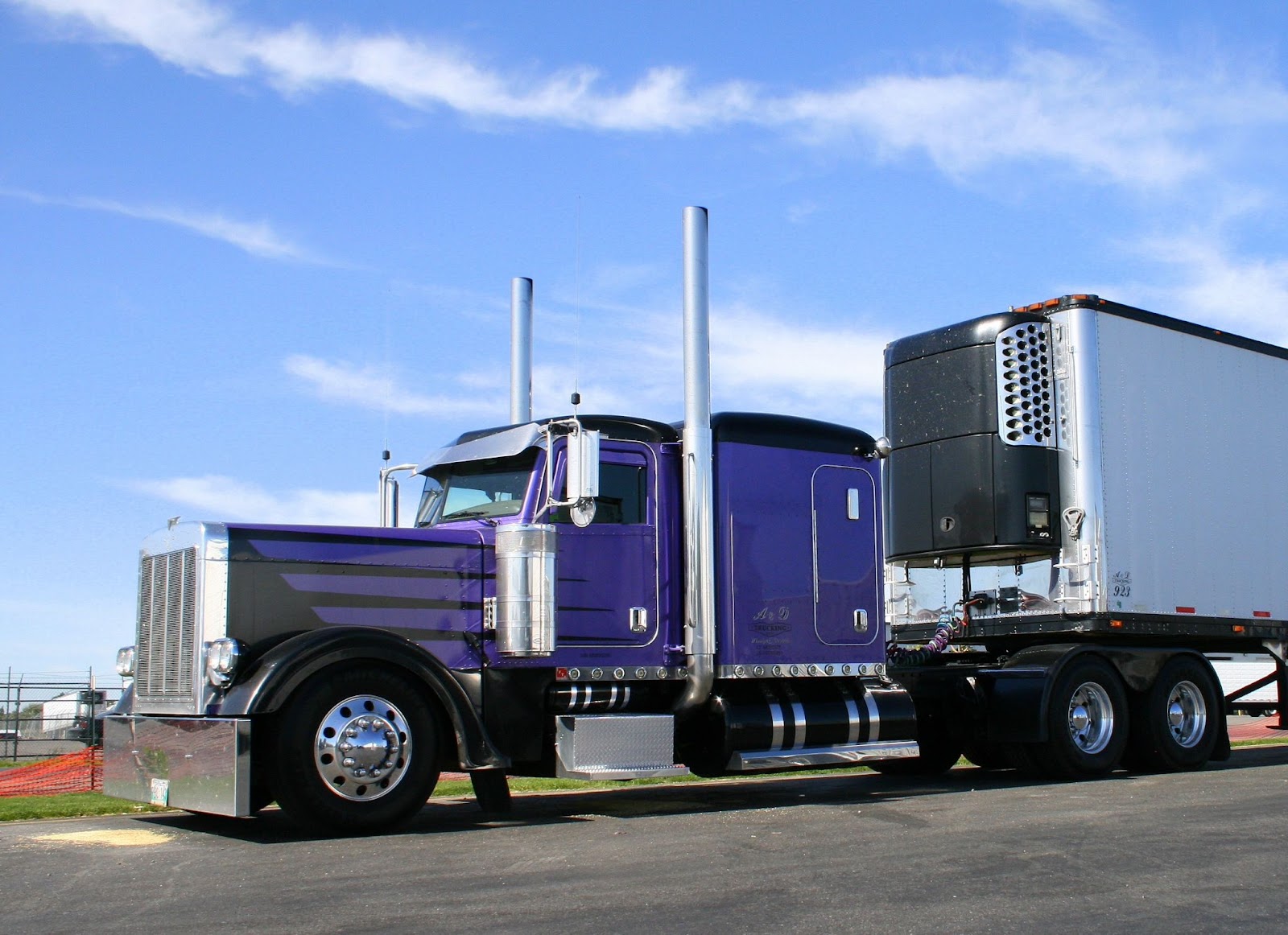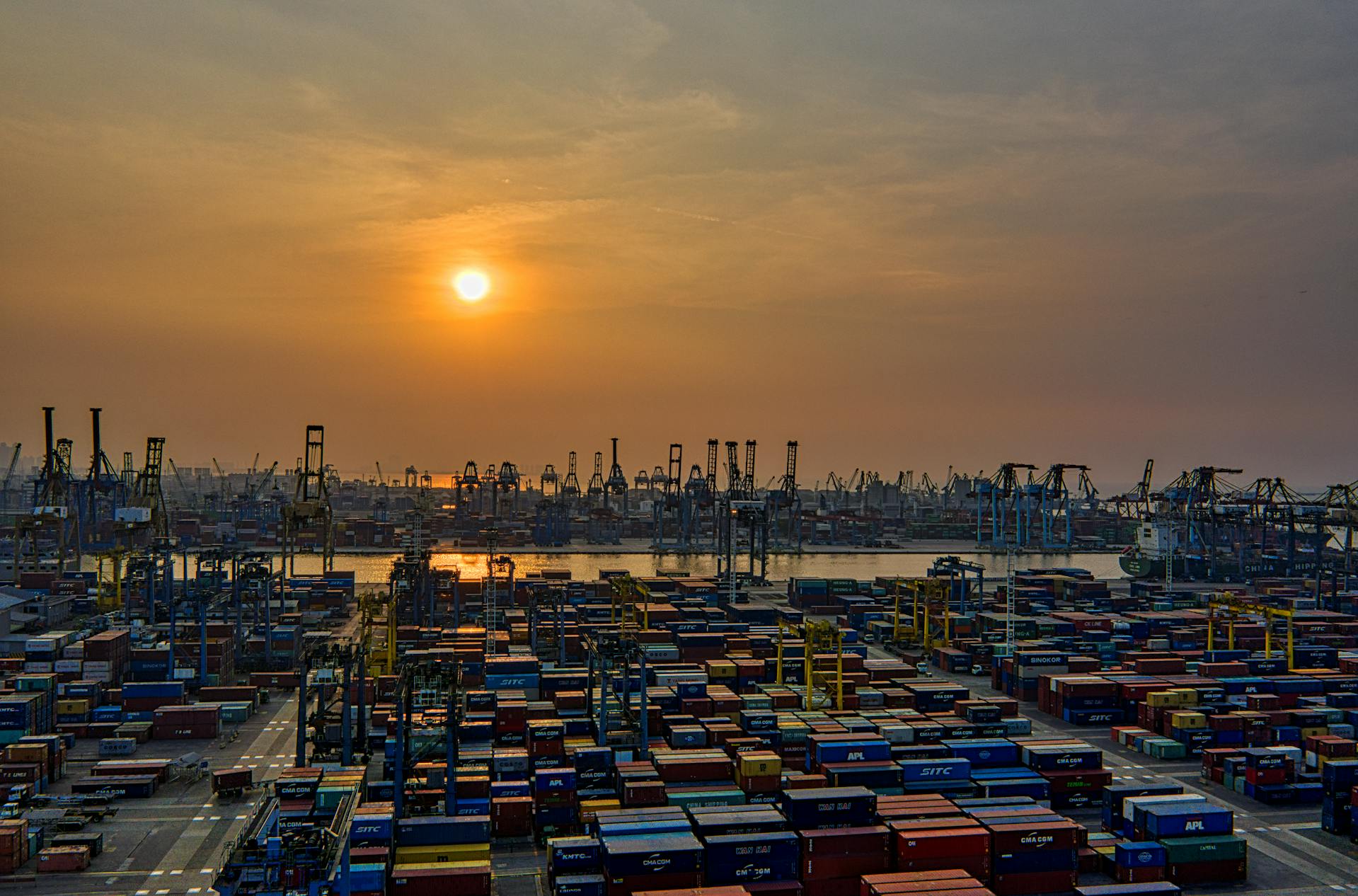Businesses aiming to meet customer needs through product delivery recognize the pivotal role shipping plays in their overall success. Some companies integrate personalized freight transportation into their operations, while others collaborate with independent logistics firms. Regardless of the approach, freight transportation serves as an extension of the supply chain—an indispensable element of operations and a vital strategy for sustaining a thriving and profitable business.
In this context, businesses actively seek ways to enhance their shipping processes by minimizing costs and optimizing efficiency. The ongoing debate between Less-Than-Truckload (LTL) and Partial Truckload (PTL) options has been particularly pronounced, especially among small and medium-scale shippers. Whether you’re exploring broader logistics alternatives or determining the most suitable shipping option for your company, a comprehensive understanding of the distinctions between LTL and PTL shipping is crucial.
For those new to the trucking industry, questions such as “What does TL mean in trucking” and “What does FTL mean in trucking” may arise. Additionally, understanding the significance of load size, including “Load size TL meaning,” is essential in making informed decisions regarding logistics. As businesses delve into the intricacies of transportation, exploring concepts like “TL logistics” becomes integral to shaping effective shipping strategies.
Examining Common Shipping Approaches
The two predominant methods of freight shipping are full truckload (FTL) vs less-than-truckload (LTL), each offering businesses distinct choices based on their shipping needs. However, certain shipping requirements necessitate a hybrid logistics solution that incorporates elements of both FTL and LTL.
Partial truckload (PTL), a lesser-known but equally efficient freight shipping type, can significantly streamline the supply chain for specific businesses if it aligns with their shipping criteria. To gain a comprehensive understanding of the contrasts between less-than-truckload (LTL) and a partial loads freight, it is essential to provide an overview of these shipping categories. This knowledge enables a thorough grasp of the concepts and the rationale behind the preference for a particular option.
Less Than Truckload (LTL)
LTL shipping is a tailored logistics solution designed for small-to-medium scale businesses. This approach consolidates multiple smaller shipments into a single truck, with each cargo assigned a specific weight classification. Shippers pay for truck space, and the total trailer cost is distributed among all shippers based on various factors, including the size, dimension, and distance of their freight.
Beyond cargo weight, shippers must also consider volume, as each consolidated freight is allocated specific portions in the trailer. This makes freight with high dimensional weight or large volume unsuitable for LTL shipping. Despite this limitation, LTL remains popular among modest-sized businesses due to its cost-effectiveness, versatility, and widespread availability from various logistics companies.
The concept of LTL shipping is straightforward; by filling a truck with diverse shipments heading to a similar destination, carriers can offer reduced shipping rates, saving businesses money. However, while providing several advantages, LTL has downsides, such as an increased risk of damage to goods and extended transit times due to multiple stops and loading/unloading processes.
Partial Truckload (PTL)
PTL represents a consolidated freight shipping form that combines elements from both less-than-truckload and full truckload methods. It operates as a hybrid, offering a viable option for loads with unique requirements, making it a less-known but efficient shipping mode.
Despite its lower profile, PTL is an efficient transportation mode due to its direct shipment feature. The same truck that picks up the cargo is responsible for its delivery, resulting in a lower risk of damage as fewer individuals handle the shipment. Additionally, the absence of intermediate connections typically leads to shorter transit times compared to other shipping modes.
Difference Between LTL and PTL
In the realm of logistics, the terms “ltl and tl definition” hold significance, representing the fundamental distinctions between less-than-truckload (LTL) and truckload (TL) shipping.
To grasp the essence of LTL and TL shipments, it’s crucial to delve into their definitions. LTL shipments involve the transportation of smaller loads that do not necessitate an entire truck. In contrast, TL shipments cater to the transportation of a full truckload of goods, providing a seamless journey from origin to destination. Understanding these definitions is vital for businesses seeking efficient and cost-effective shipping solutions.
When exploring the dynamics of “ltl vs tl rates,” one encounters a multifaceted landscape of factors influencing shipping costs. The weight, size, classification, and tariff considerations play pivotal roles in determining the rates for both LTL and TL shipments. LTL shipments, with weight limits between 150 and 15,000 pounds, exhibit characteristics distinct from TL shipments, which often range between 8,000 and 28,000 pounds. These weight variations contribute to the nuanced pricing structures associated with each shipping method.
Furthermore, delving into the intricacies of the supply chain, the concept of “tl supply chain” emerges as a key element. The supply chain is significantly impacted by the choice between LTL and TL shipments. PTL ensures an uninterrupted flow of cargo from origin to destination, enhancing supply chain efficiency. In contrast, LTL shipments may involve multiple transfers, potentially introducing complexities and extending transit times.
In conclusion, navigating the logistics landscape requires a nuanced understanding of “ltl and tl shipments” and their implications. Whether considering the differences in weight limits, freight classification, or supply chain impact, businesses can optimize their shipping strategies by carefully evaluating the unique characteristics of LTL and TL shipments. Stay informed, make informed decisions, and streamline your logistics with a comprehensive grasp of “ltl and tl definition” and related concepts.
Which One to Choose?
The effectiveness of each option hinges on its alignment with specific shipping requirements. For instance, choosing LTL for shipping cargo with high dimensional weight can result in significantly higher costs. Various factors determine whether cargo is better suited for PTL or LTL.
- Transit Time
LTL shipments typically experience prolonged transit times due to multiple stops and the time spent loading and unloading. In contrast, PTL shipping involves direct delivery with a single truck, considerably reducing transit time. Consequently, PTL shipping may be the preferred choice for transporting cargo within a strict time frame.
- Cost
In standard scenarios, LTL shipping tends to be more cost-effective than PTL. However, if a shipment is large enough to fill a substantial portion of the truck, partial truckload logistics may offer a lower overall price. Additionally, factors such as freight classification and accessorial costs can make LTL shipping more expensive than PTL shipping.
- Handling
LTL shipping poses a higher risk of damage due to multiple handling points at various terminals. Conversely, PTL’s direct delivery approach reduces the likelihood of damage during handling. Consequently, PTL shipping is preferable for transporting high-value freight and fragile products.
- Shipping Frequency
Active shippers are encouraged to choose PTL shipping for long-term cost-effectiveness. Regular shippers with a consistent volume of shipments benefit from carriers consolidating loads, leading to the negotiation of lower rates. The cost-effectiveness of PTL shipping is further supported by optimized truck space utilization, enduring carrier relationships, enhanced supply chain efficiency, and predictable delivery times. Conversely, LTL shipping is well-suited for occasional shipments.
Conclusion
When determining the most suitable shipping method for a business, it is strongly advised to enlist professional assistance, particularly through third-party logistics services. The decision-making process is intricate, involving various factors. Therefore, it is crucial to collaborate with an expert who can thoroughly analyze and compare options to identify the optimal solution.
LAX Freight team considers many factors, including the business’s location, the nature and volume of shipments, transit time requirements, and budget constraints. Through this comprehensive evaluation, we can pinpoint a shipping method that aligns with the business’s specific needs. Recognizing that there is no universally applicable “one size fits all” strategy in freight shipping, we encourage businesses to assess their requirements thoroughly and opt for a customized solution that precisely suits their needs.
Contact us today to get a tailored shipping solution for your business.



